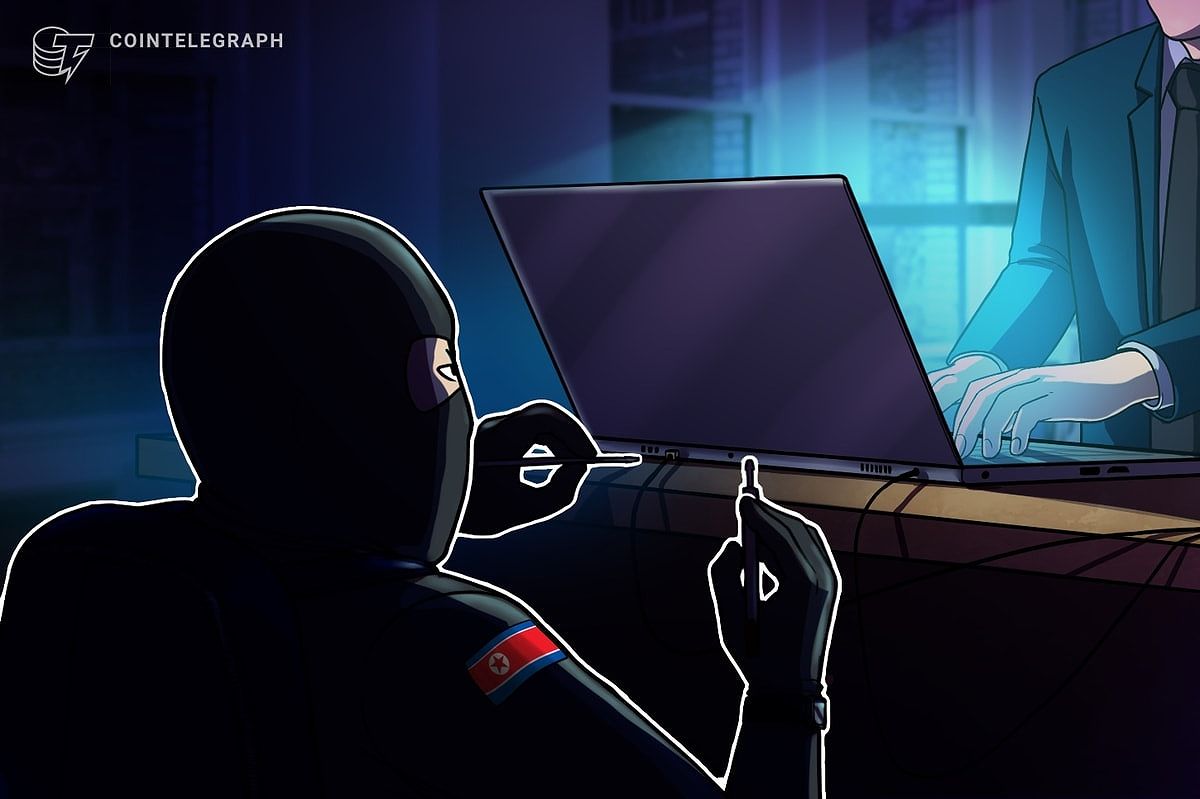The decentralized finance (DeFi) landscape, once hailed as a bastion of security and innovation, is now facing an unsettling reality. The recent audacious heist that siphoned off $50 million from Radiant Capital, attributed to a North Korean-aligned group, serves as a stark reminder of the vulnerabilities lurking within this ecosystem. This incident not only highlights the urgency for improved security measures but also offers valuable insights for developers navigating the complex world of DeFi.
A Closer Look at the Radiant Capital Attack
On September 11, 2023, a seemingly ordinary day turned into a nightmare for Radiant Capital. A developer received a message on Telegram from someone masquerading as a trusted former contractor. This communication included a zip file that, unbeknownst to the developer, contained malware designed to infiltrate the platform. This instance of social engineering was not just a stroke of bad luck; it was a carefully orchestrated deception, making it challenging for the recipient to discern the malicious intent hidden within.
Once the malware was activated, the consequences were catastrophic. It gained access to critical components of the platform, compromising multiple developer devices and exposing private keys and smart contracts to the attackers. The precision with which the attackers executed their plan was alarming; they managed to mask their malicious transactions among legitimate ones, rendering detection nearly impossible during routine reviews.
Identifying Vulnerabilities and Pathways to Improvement

The Radiant Capital incident underscores significant vulnerabilities in the reliance on front-end verification and blind signing processes. The attackers skillfully exploited these weaknesses, displaying benign transaction data while executing harmful actions in the background. This manipulation calls for a reevaluation of existing security measures, as standard operating procedures may fall short against such advanced threats.
To combat these vulnerabilities, DeFi platforms must adopt a multi-layered approach to security. Implementing real-time monitoring systems can significantly enhance defenses by flagging unusual patterns in transaction behavior. This proactive stance can serve as an effective deterrent against similar attacks in the future.
Strengthening Smart Contract Security: Essential Practices
Beyond the initial breach, the hack illuminated the inherent weaknesses within smart contracts themselves. Attackers often capitalize on flaws in coding practices, making it essential for developers to adopt secure coding techniques. Prioritizing input validation and establishing robust access control mechanisms are critical steps in safeguarding contracts against exploitation.
Regular audits and penetration testing are indispensable in identifying potential weaknesses before they can be leveraged by malicious actors. By adhering to industry best practices and utilizing secure libraries, developers can significantly mitigate their risk exposure. Creating a routine for comprehensive security assessments will further enhance the resilience of smart contracts, ensuring they are better equipped to withstand future attacks.
Key Insights and Strategic Recommendations for DeFi Developers
The Radiant Capital heist serves as a pivotal lesson for developers operating within the DeFi sector. It is imperative to embrace a multi-faceted security approach that encompasses both technical defenses and the human element of security protocols. Developers must recognize the importance of training their teams to identify social engineering tactics, as the human factor often proves to be the weakest link in cybersecurity.
Furthermore, the increasing sophistication of attackers necessitates a reassessment of reliance on software-based security measures. The case of Radiant Capital emphasizes the need for hardware-level security solutions that can provide an additional layer of validation for transaction payloads. Such measures ensure that even the most advanced threats are met with formidable defenses.
In light of this incident, here are actionable recommendations for developers to consider:
- Implement Real-Time Monitoring: Establish systems that can detect anomalous transaction behaviors, providing an early warning against potential threats.
- Invest in Employee Training: Focus on educating team members about recognizing phishing attempts and social engineering tactics to strengthen the human element of security.
- Prioritize Secure Coding Practices: Conduct regular audits of smart contracts to identify and rectify vulnerabilities proactively.
- Explore Hardware-Level Solutions: Look into hardware-based security options for transaction validation, enhancing overall security measures.
- Cultivate a Security-Conscious Culture: Foster an environment of security awareness within development teams, ensuring collective vigilance against potential threats.
Conclusion
The intricate and evolving landscape of DeFi security has been dramatically illustrated by the sophisticated hack of Radiant Capital. The $50 million loss not only highlights the vulnerabilities present in even well-established platforms but also serves as a clarion call for developers to strengthen their defenses. By understanding the technical nuances of such attacks and implementing robust security measures, developers can fortify their platforms against future incursions. It is essential for the community to remain vigilant, continuously adapting to emerging threats while promoting a culture of security awareness that ensures the safety of user funds and the integrity of the DeFi space.

